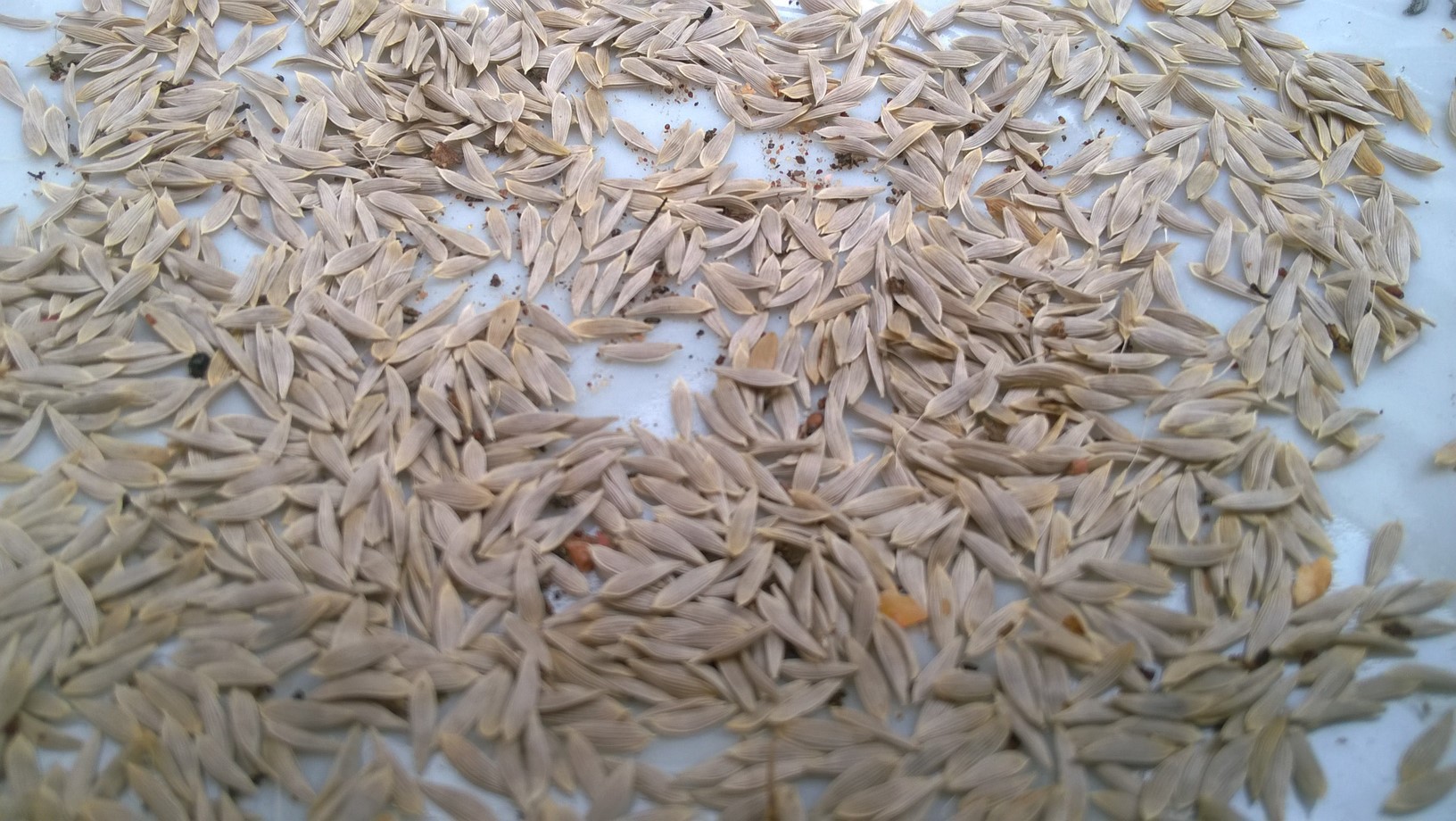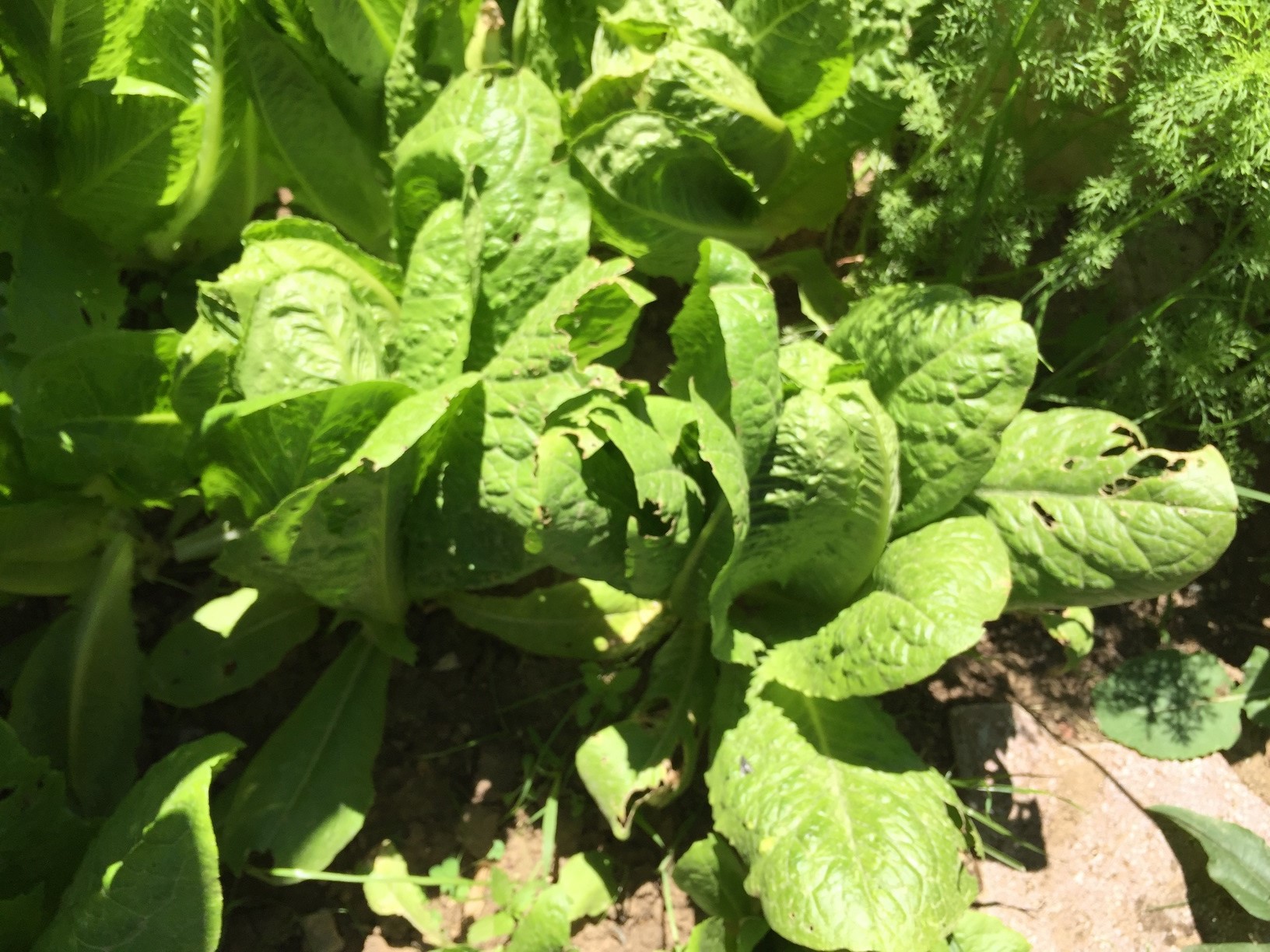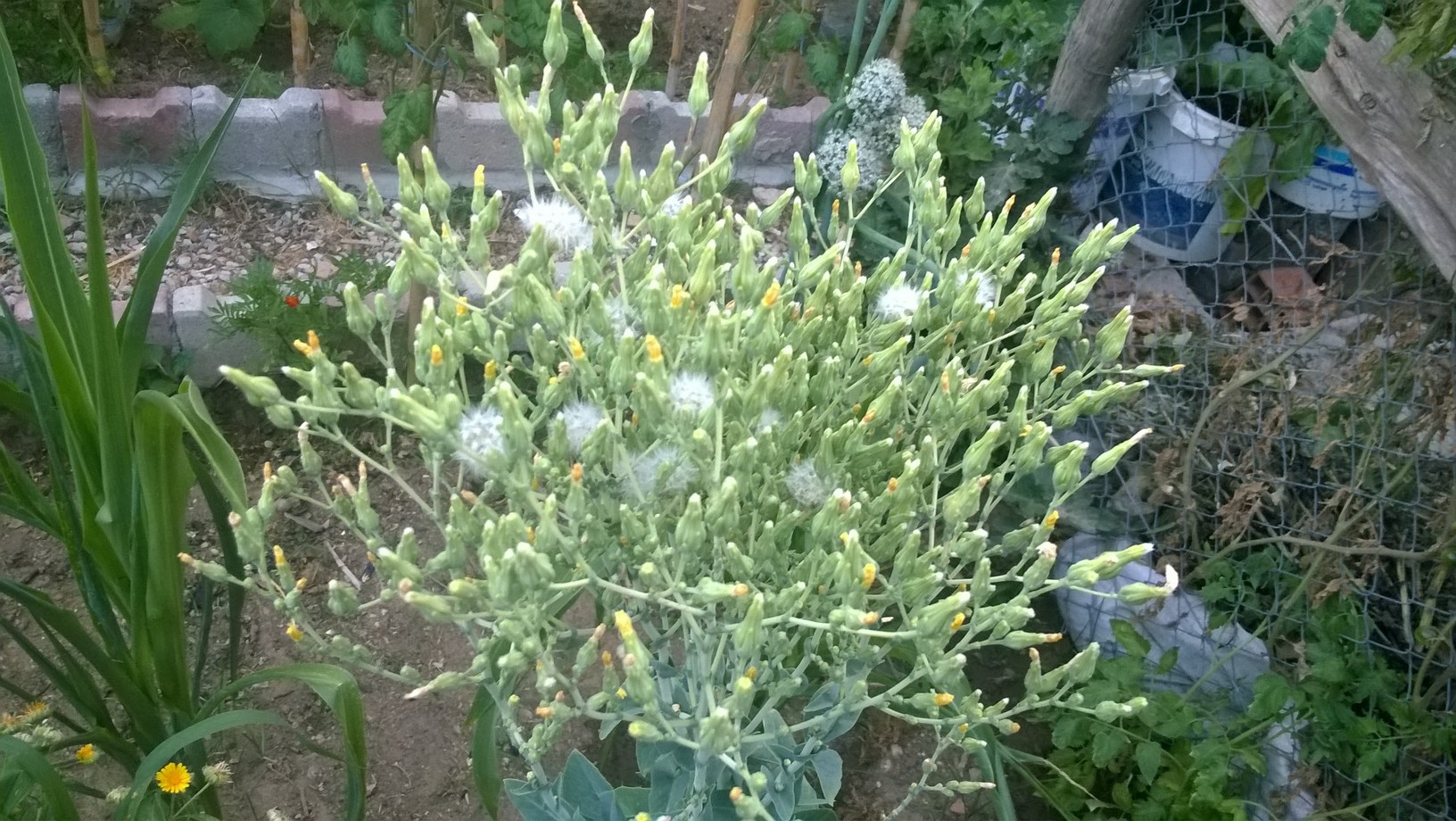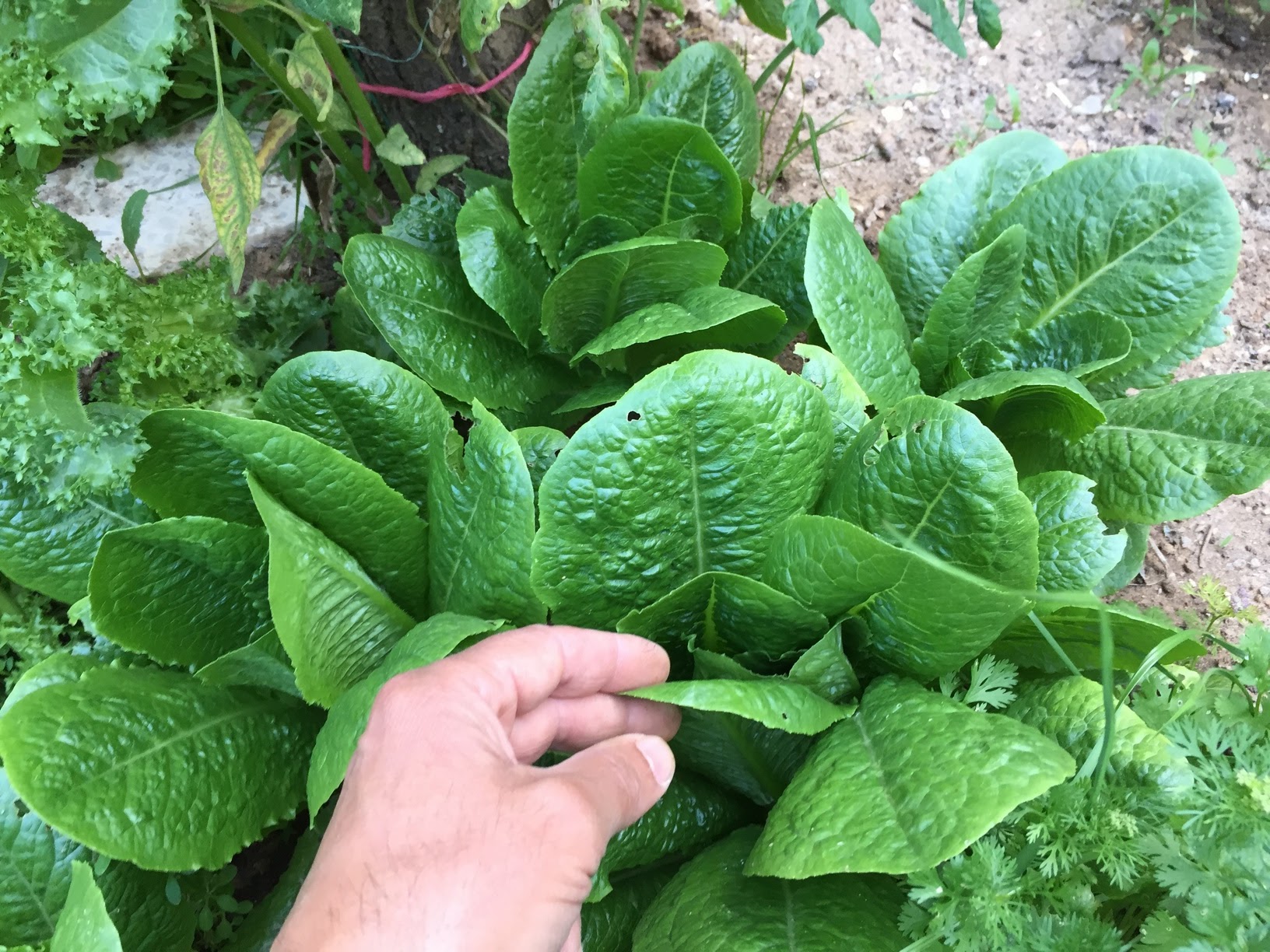The History of Lettuce
Lettuce is one of the oldest food plants known to man, originated in India and Central Asia. Herodotus wrote of lettuce being served in ancient Greece, and it was a favorite vegetable in ancient Rome. Lettuce regained its association with sexual potency during its time with the Romans, who believed it could increase stamina. They took advantage of its medicinal qualities, serving a salad before meals to stimulate digestion, and again after dinner as a sleep aid. Like their lettuce-growing precursors, Romans further developed lettuce for better-tasting leaves. The Greeks passed their lettuce-growing knowledge on to the Romans, who named the plant “lactuca” meaning “milk” for its white sap referring to the milky juice found in mature lettuce stems. In time, “lactuca” became the English word “lettuce,” while the Roman name was preserved in the genus name for lettuce and its relatives. Reports of lettuce cultivation date back to Egyptian tomb paintings that predate 4,500 B.C. Chinese writings record its use in the 5th century B.C. Columbus and other European explorers brought lettuce seeds to the New World. Today lettuce is a favorite vegetable around the world.
Lettuce Varieties
By choosing the right varieties, it's possible to have lettuce in your garden throughout the growing season. There are many types of lettuces all with different shapes, sizes and flavors. Thanks to horticultural work from the Roman period on to the present we are now enjoying around 2,000 years of work in developing our modern improved types and varieties of lettuce. Modern lettuce is divided into 4 basic groups:
Romain lettuce are also called heading lettuces. But rather than tight round heads they form tall, elongated heads. Romaine lettuce may be firm or rather loose compared to crisphead lettuce. Romaine lettuce has more green leaves and is thus a better source of calcium and vitamins A and C than crisphead types.
How To Grow Romaine Lettuce
In this article i will guide you how to grow fresh and organic Romaine lettuce in your home garden. Romaine Lettuce prefers fertile, well-drained soils rich in organic matter for best growth. Keep reading to know how to grow and harvest fresh organic romaine lettuce right from your garden!
Starting Romaine Lettuce Seeds Indoors
By starting your own seeds you can get them off to a good start in ideal conditions and then transplant the right number of young growing plants out into the garden. Romaine lettuce grows best if planted indoors and transplanted outdoors in early spring. Plant your seeds indoors 3 to 6 weeks before setting outside. Romaine lettuce seed germinates best in moderate to cool temperatures with soil temperatures of 75 degrees . The seeds are small and flat .
Choose the right varieties and you can have lettuce almost all year round. There are so many types of lettuce to choose from – all with different colours, flavours and textures .
- Lettuce seed won't germinate well if buried too deep so cover them with about 1/4 inch of light sand or screened compost.
- Press them lightly on the surface to firm soil or growing media against the seed and then mist them well to thoroughly moisten.
- Water the seeds once or twice a day to keep them moist.
- When watering, it's important to use a gentle spray such as from a mister or spray bottle. to prevent blasting the seeds away.
- Keep the seeds moist until they sprout and get off to a good start. If a seed dries out at any time during the germination process it will die.
- When the seedlings get their first true leaf move them to a bright outdoor location on mild sunny days. That way they will grow into stocky, strong plants.
I have tried many different lettuce and find that most do quite well if provided the right conditions. The leaf lettuces and Romaine type in my opinion deserve the top slots for my garden. I try a few new types each year and really prefer to have several different types growing together so my salads can be more colorful.
Planting Romaine Lettuce Seedlings
Romaine lettuce can be direct sown in prepared beds after the last frost date for your area, but planting seedlings produces salads more quickly. Lettuce seedlings also have greater frost tolerance than seedlings that have just germinated. Lettuce seedlings are hardy and can withstand ground temperatures as low as 45 degrees but ease the transition by transplanting on a cool, overcast day.
- Be sure to Harden off romaine seedlings started indoors 7 to 10 days before transplanting. Expose them to outdoor temperatures by placing them in a protected area of your garden, increasing their time outdoors each day.
- Choose a spot in your garden that will get some partial shade during the hottest part of the day.
- Before you plant your lettuce seedlings, make sure the soil is prepared. It should be loose and drain well so it’s moist without staying soggy. To keep the soil fertile, feed it with organic matter about one week before you
- transplant. Provide lettuce with well-drained sandy loam soil with a pH of 6.0 to 6.7.
- Dig holes in the prepared soil that are wide and deep enough to easily accommodate the romaine lettuce seedlings. Space seedlings 12 to 16 inches apart.
- Remove seedlings from their growing container and using your fingers, gently untangle the roots. Place each seedling in a separate hole and replace the soil, tamping it down lightly with your hands.
- Water the romaine seedlings so the soil is moist, but not soggy. After the initial watering, apply 1 inch of water to the soil each week.
- Lettuce feeds heavily from the soil, so fertilize again three weeks after planting and continue throughout the growing season to provide enough nitrogen for lettuce to grow properly.
- Weed frequently to deter pests and give the plants the most benefit from the sunlight and soil nutrients.
Because it grows so quickly, lettuce, like spinach, is an ideal short-season vegetable to interplant between long-season vegetables like peppers, tomatoes, and eggplants. Lettuce will better tolerate heat if plants are well thinned and air can circulate around them. Spring planting should occur as soon as soil can be worked, and fall planting done around June or July. To keep your lettuce from going bitter you need to grow it quickly. This means adding manure to the soil before planting, and keeping the water up to them as they grow. If they suffer a setback in growth they may go a little bitter or bolt to seed!
- Dig the soil during the autumn or early winter. The soil should be rich in nitrogen and potassium, The best way to accomplish this is to work in plenty of organic matter that will loosen and enrich the soil.
- When directly planting lettuce seeds in your garden, use a garden rake and scrape off the soil in the area where you want your lettuce to grow.
- Romaine lettuce seeds are very tiny and hard to handle. Sprinkle seeds on top of the soil, and lightly cover your seeds with a fine layer of soil and firm gently with the palm of your hand, to ensure contact between seed and soil.
- Water carefully and keep the soil moist until germination.
- When the seedlings emerge and are an inch or so tall, you'll need to thin out the plants and keep the most healthy looking seedlings. This will allow the plants enough room to grow to maturity without competing with other plants for nutrients and water.
- Don’t transplant until your seedlings have one set of “true leaves”.
- As your seedlings grow, continue to water them with care.
- After the seedlings are a few inches tall, a layer of mulch can be put around the plants to retain soil moisture and keep the soil cool.
- It's best to stagger your plantings every couple of weeks. This way, you will have a continuous supply of lettuce from late spring through late fall. Simply divide the area where you want to plant lettuce into sections.
- Plant each section separately, 2-3 weeks apart so you will have plenty as long as the season stays cool.
Romaine Lettuce Plant Care
- Once established, Romaine lettuce prefer cool weather and a lot of moisture. Well-fertilized soil will mean faster-growing plants.
- The key to lettuce production is supplying moderate but almost constant water, especially during hot weather. Unless there is regular rainfall, lettuce must be watered deeply at least once a week- more frequently during periods of drought.
- Mulch with a layer of compost to help the soil retain moisture.
Romaine Lettuce Pests & Diseases
The most common lettuce pests are aphids. They love the tender leaves and like to hide on the undersides and down in the crown of the plants.
Harvesting Romaine Lettuce
Lettuce can be harvested any time after true leaves form. For the best quality, better to pick early than late as lettuce allowed to grow too long may be bitter and tough.
Harvesting Romaine Lettuce Seeds
Lettuce prefers cool growing conditions for best growth and quality. When the weather heats up in spring the quality declines rapidly. The leaves become bitter and the plants begin to "bolt" as the stem elongates into a tall bloom seed stalk (called bolting) the plants will send up their flower stalks and eventually, you'll have clusters of small yellow flowers .
Watch: Romaine Lettuce: The Flowering Journey 🌱
Once the flower heads are fluffy and starting to look dry, it's time to harvest. There are a couple of ways to do this. You can hold a paper bag near the plant, and shake the flower head over it each day until most of the ripened seed has been harvested. Or, you can wait until most of the seed heads look ready to harvest, remove the entire flower stalk, and shake it over a bucket or tub to dislodge any fully-ripened seed. Both ways work well.
Romaine lettuce is flavorful and nutritious, not to mention an attractive addition to your garden. With the proper garden maintenance you will be able to enjoy your freshly grown romaine lettuce from the early summer into autumn.
Growing romaine lettuce is definitely worthwhile and there's nothing quite like the taste of fresh-picked greens, straight from the garden. Grow and enjoy the awesome benefits of this leafy green!
Lettuce Seeds Are Available HERE!
Affiliate Disclosure!
This website is a participant in the Amazon Services LLC Associates Program, an affiliate advertising program designed to provide a means for sites to earn advertising fees by advertising and linking to Amazon. Some of the links to products on this site are affiliate links. These are products that I've used or recommend based from homesteading experience. I do make a small commission (at no extra cost to you) from these sales. (alert-warning)























